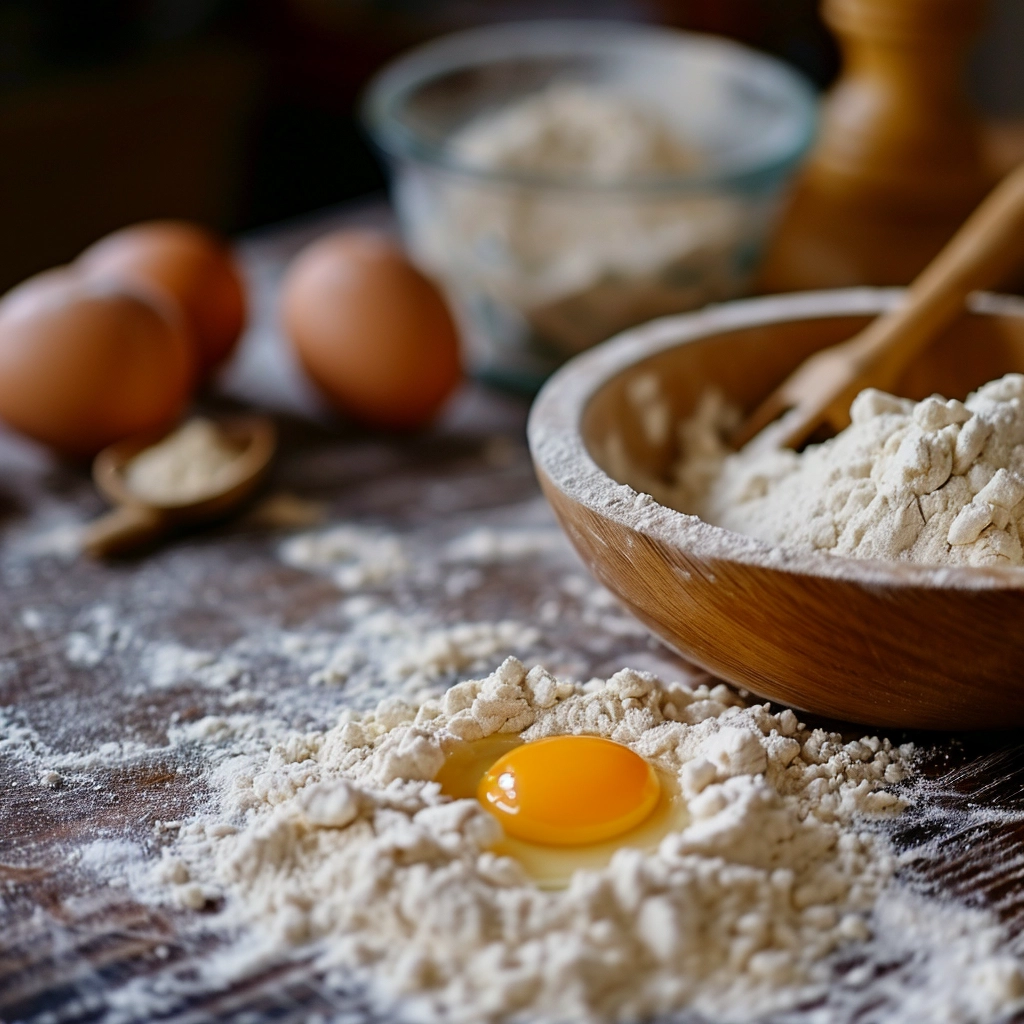Having the right ingredients can make all the difference between a perfectly fluffy cake and a dense, disappointing one. Cake flour is a staple ingredient in many recipes, prized for its low protein content and ability to produce light and tender baked goods. However, if you find yourself in need of a cake flour substitute, fear not! There are several alternatives that can help you achieve similar results, even if you don’t have cake flour on hand. Join me as we explore some common substitutes and how to use them in your baking adventures.
Why Substitute Cake Flour?
Before we delve into the substitutes, let’s understand why you might need to substitute cake flour in the first place. Perhaps you’ve run out of cake flour and don’t have time to make a trip to the store. Or maybe you’re looking for a gluten-free or whole grain alternative. Whatever the reason, knowing how to substitute for cake flour can help you adapt recipes to suit your needs and preferences without compromising on taste or texture.
Common Cake Flour Substitutes:
-
All-Purpose Flour: All-purpose flour is the most readily available substitute for cake flour. While it has a slightly higher protein content than cake flour, you can mimic the texture of cake flour by removing two tablespoons of all-purpose flour for every cup called for in the recipe. This helps reduce the protein content and produce a lighter crumb.
-
Cake Flour Blend: If you have a combination of all-purpose flour and cornstarch on hand, you can create a DIY cake flour substitute. For every cup of cake flour required, measure out one cup of all-purpose flour and remove two tablespoons. Replace these two tablespoons with two tablespoons of cornstarch, then sift the mixture together several times to ensure even distribution.
-
Pastry Flour: Pastry flour falls somewhere between all-purpose flour and cake flour in terms of protein content, making it a suitable alternative for some recipes. If substituting pastry flour for cake flour, use it in a one-to-one ratio.
-
Gluten-Free Flour Blends: For those following a gluten-free diet, there are several gluten-free flour blends available that can be used as a substitute for cake flour. Look for blends specifically formulated for baking, as these often contain a combination of rice flour, tapioca starch, and other gluten-free ingredients.
Tips for Using Cake Flour Substitutes:
- When substituting all-purpose flour for cake flour, be sure to sift the flour before measuring to aerate it and remove any lumps. This helps ensure a lighter texture in your baked goods.
- If you’re using a cake flour blend or gluten-free flour blend, follow the manufacturer’s instructions for substitution ratios and baking tips.
- Keep in mind that while these substitutes can help mimic the texture of cake flour, they may alter the flavor and texture slightly. It may take some experimentation to find the perfect substitute for your recipe.
While cake flour is prized for its ability to produce light and tender baked goods, there are several alternatives that can be used in a pinch. Whether you’re substituting all-purpose flour, creating a DIY cake flour blend, or exploring gluten-free options, knowing how to adapt recipes to suit your needs opens up a world of baking possibilities. So, don’t let a lack of cake flour hold you back from creating delicious treats in your kitchen. With a little creativity and experimentation, you can achieve bakery-worthy results using common pantry staples and alternative flours. Happy baking!
